Question
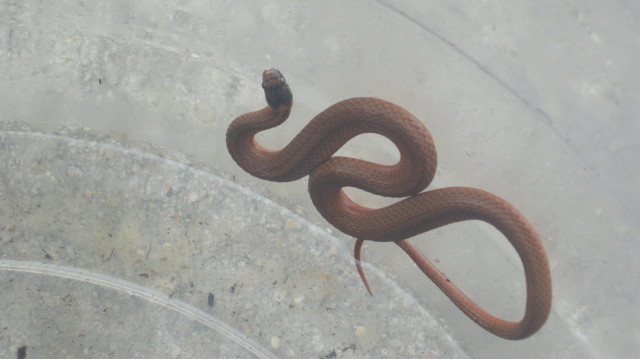 Snake
Snake
Yesterday we found 2 snake sin our pool, and mom kille done of them. I kept the other one. However, i would like ot know what kind of snake it is. Its about a foot long or maybe a little bit longer. and if it helps i live in southern Alabama. Here's a picture:
AnswerNot a very good angle, but it looks like Storeria dekayi, the Dekay's snake or brown snake.
Brown snakes are a very common snake across the US in temperate areas. This is a very tiny species of snake, with large adult females rarely exceeding 13 inches in length (males are even smaller).
These snakes are non-venomous and feed primarily on worms and slugs.
You have a very large mature female, there, if she's the size you say. I'm glad you rescued her. Snakes are a beneficial part of the environment, and the little Dekay's snake is harmless.
You can let her go in any nearby wooded area. Don't transport her too far from where she was found, as you don't want to risk spreading microorganisms from one area to another.
Alabama has 6 venomous snake species. 5 are pit vipers, which are characterized by their broad, triangular heads and thick bodies, and the 6th is the colorful red, yellow, and black banded coral snake. Being able to recognize venomous species and tell them apart from harmless ones is useful--there's no sense in murdering a harmless snake, and venomous snakes can be humanely removed by animal control agencies.
Some species of snakes are desirable to have around your home and property, because they eat rodents, or even eat other snakes! The members of the kingsnake family are notorious for feeding on other snakes (including venomous species). Rat snakes come by their name honestly, and can help prevent the risk of a dangerous rodent infestation. (Rodents carry dangerous and deadly diseases such as leptosporosis and hanta virus, so you want them around even less than you want venomous snakes around).
If you see a snake with a slender build and a head that is barely any wider than its body, such as the one you have there, then you know it's not a pit viper, and is a harmless colubrid snake.
(The colorful coral snake, which is actually a very docile, although deadly, species, is the only exception. Remember the rhyme--Red touches Yellow, kill a fellow--red touches black, friend of Jack. The harmless milk snakes, which are relatives of the king snakes, also sport red, black and yellow bands, probably to mimic the coral snake, but their bands are arranged in a different order, so you can easily tell them apart in North America).
Water snakes (Nerodia species) have broader heads than most colubrids, which often means they're mistakenly killed, due to their resemblance to vipers. Most water snakes specialize in eating fish and frogs, and do have venom, but it's an extremely weak and mild venom which they cannot inject because they do not have hollow fangs. (Localized swelling around bites has occasionally been reported--that's the extent of the venom reaction). It's a good idea to learn what your local water snakes look like as well, to avoid mistaking them for cottonmouths or copperheads. Water snakes have a feisty temperament which often gets them into trouble with frightened humans.


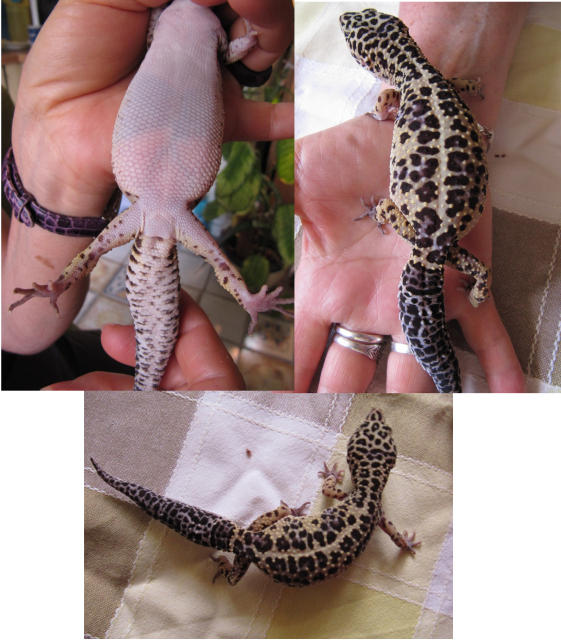 Leopard Geokko ill
QuestionQUESTION: I am having a problem with a female L
Leopard Geokko ill
QuestionQUESTION: I am having a problem with a female L
 Lizard Indentification
Question
Unknow
Hi Diane,
Thanks for getting back so qu
Lizard Indentification
Question
Unknow
Hi Diane,
Thanks for getting back so qu
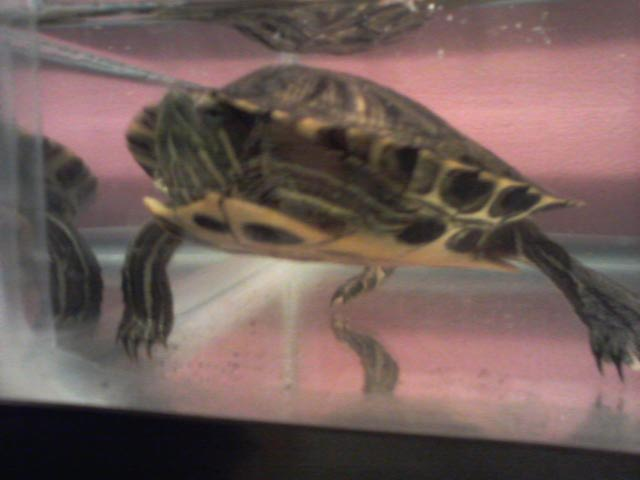 HELP!!!
QuestionMy RES Turtle
The Tank
QUESTION:
HELP!!!
QuestionMy RES Turtle
The Tank
QUESTION:
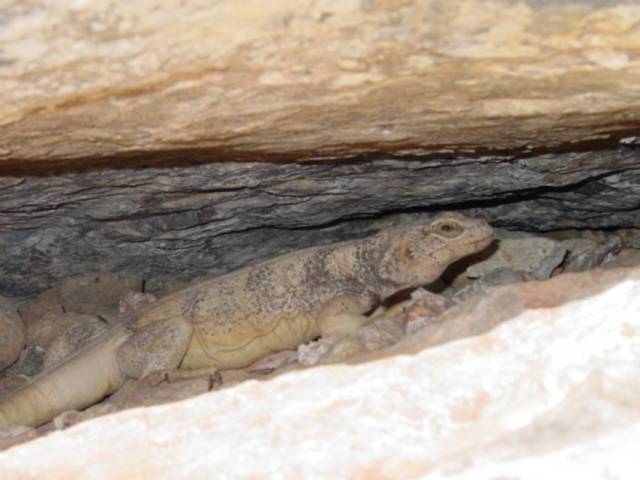 Very large lizard in Mesquite, NV
Question
Dragon
Hi Tracie,
This big fella (maybe gal, m
Very large lizard in Mesquite, NV
Question
Dragon
Hi Tracie,
This big fella (maybe gal, m
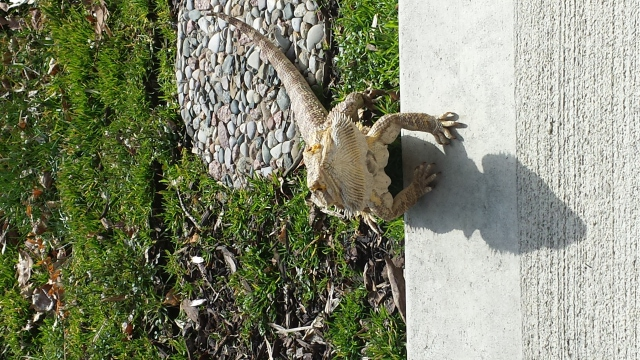 balance problem and severe flipping over problem
QuestionQUESTION: I have a 2yr old beardie named Turk.
balance problem and severe flipping over problem
QuestionQUESTION: I have a 2yr old beardie named Turk.